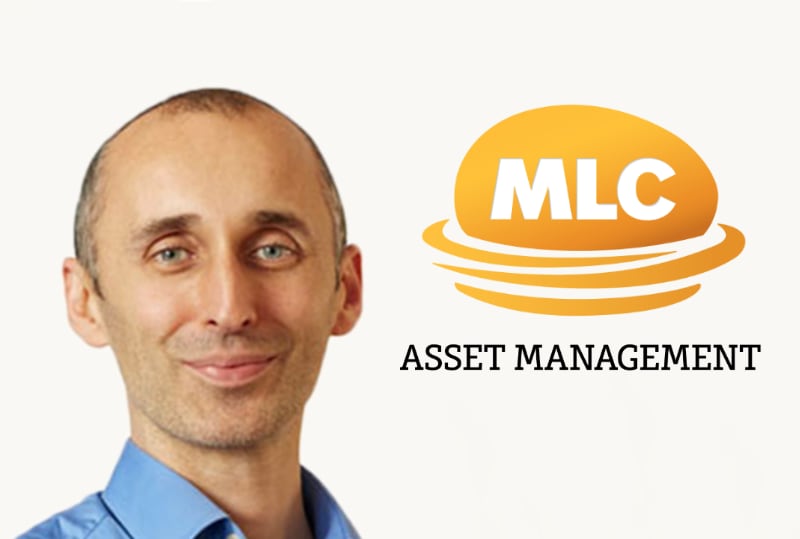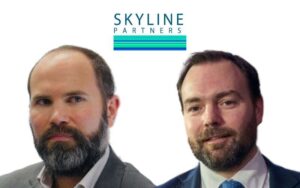Very few things have reliable diversification through the cycle: MLC’s Abley

Investing in insurance-linked securities (ILS) has been beneficial for Australian investment firm MLC Asset Management, with its ILS portfolio delivering an average return of 7.6% per annum across the last 17 years, Head of Alternatives Gareth Abley has said.
Speaking with Australasian publication Investor Strategy News, Abley explained that MLC Asset Management takes a relatively remote-risk approach to its catastrophe bond and ILS investing, which has helped the company deliver outperformance across its long history of investing in the space.
Earlier this year, Abley had said that the MLC catastrophe bond and ILS portfolio had averaged an impressive cash +5% return over a 16 year period.
Now, in this recent interview, he has disclosed an average 7.6% return over a 17 year history, which is a great example of how attractive an allocation to cat bonds and the broader insurance-linked securities (ILS) asset class can be for institutional investors and asset managers.
MLC has been steadily growing its ILS portfolio allocation in recent years, having grown it to around US $1.6 billion earlier this year.
Now, in this recent interview, the MLC ILS and cat bond portfolio is disclosed as being AU$ 3 billion, which is approximately $1.95 billion at this time and makes them one of the larger allocators we track, accounting for over 3% of the last disclosed AUM figure for MLC Asset Management.
The ILS portfolio had previously been roughly 20% allocated to cat bonds, 80% to other private reinsurance focused ILS opportunities.
In the interview, Abley explained that the portfolio remains “very remote risk”, being focused on layers of reinsurance that protect against very large catastrophe events, such as $100bn hurricane losses.
Abley explains why ILS and reinsurance are attractive to MLC, telling Investor Strategy News, “There’s a lot of areas in the world of alternatives that require trading skill or spooky magic to make money through the cycle. What we like about natural catastrophe reinsurance is that there’s an economic logic to why insurers pass on the risk, and why the reinsurers pass on the risk, and why our clients can get paid well for taking it.
“Within the world of natural catastrophes, not only are they in aggregate uncorrelated – they’re not influenced by pronouncements from the Fed or Trump getting elected – but when you look in the portfolio, you’ve got exposure to Japanese typhoon and European windstorm and California earthquake, and all of those events are uncorrelated to each other. That’s very different to Aussie equities, where you might have 100 ostensibly different stocks but it’s really four banks and a couple of supermarkets that are 80 per cent correlated with each other.”
Commenting as to why institutional allocations to ILS haven’t grown significantly, Abley said that logically you would have more than a 2-3% allocation to insurance-related investments, but peer risk drives allocators to minimise exposure to large drawdowns from single asset classes.
“I don’t want to make out that this is some panacea asset class; you can lose money in this space. We’ve had a very good run, partly because of our portfolio design, but other investors who have taken more risk have lost money or maybe only broken even over the period from 2017-2022,” Abley explained.
Adding, “It’s a super interesting place. We’ve been doing alts for 20 years, and it’s very hard to find things that have both attractive risk-adjusted returns and which are uncorrelated.
“Most things in a crisis, the correlations go to one; that’s when you need the diversification. There’s very few things that have reliable diversification through the cycle.”
Read the full interview over at Investor Strategy News.







